|
|
|
|
|
|
|
|
Photo Gallery for Thamnophis saurita - Eastern Ribbonsnake
| 29 photos are shown. |
 | Recorded by: Alina Martin
Cherokee Co.
Comment: | 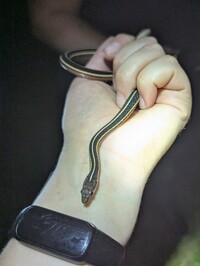 | Recorded by: Alina Martin
Cherokee Co.
Comment: |
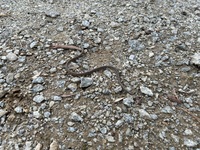 | Recorded by: Mary Stevens, Paul Hart
Harnett Co.
Comment: | 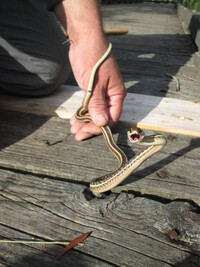 | Recorded by: Robert Russo
Beaufort Co.
Comment: |
 | Recorded by: Robert Russo
Beaufort Co.
Comment: | 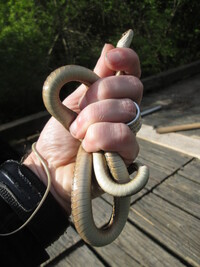 | Recorded by: Robert Russo
Beaufort Co.
Comment: |
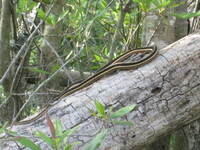 | Recorded by: Robert Russo
Beaufort Co.
Comment: |  | Recorded by: Robert Russo
Beaufort Co.
Comment: |
 | Recorded by: L. Eckart
Carteret Co.
Comment: | 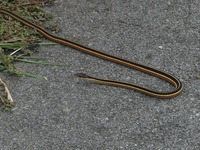 | Recorded by: Paul Hart
Harnett Co.
Comment: |
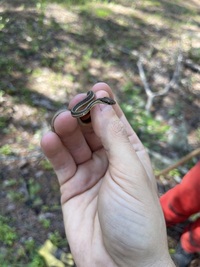 | Recorded by: C. Teague
Beaufort Co.
Comment: | 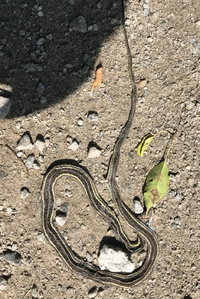 | Recorded by: Harry LeGrand
Alleghany Co.
Comment: |
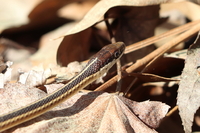 | Recorded by: Travis McLain
Anson Co.
Comment: | 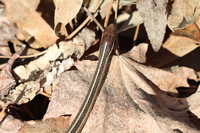 | Recorded by: Travis McLain
Anson Co.
Comment: |
 | Recorded by: Travis McLain
Anson Co.
Comment: |  | Recorded by: L. Purvis
Guilford Co.
Comment: |
 | Recorded by: Travis McLain
Cabarrus Co.
Comment: | 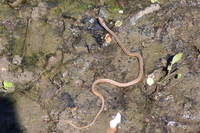 | Recorded by: Travis McLain
Cabarrus Co.
Comment: |
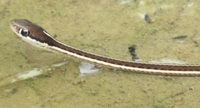 | Recorded by: B. Bockhahn
Durham Co.
Comment: |  | Recorded by: B. Bockhahn
Durham Co.
Comment: |
 | Recorded by: Robert Russo
Beaufort Co.
Comment: |  | Recorded by: lbyrley - Jack Byrley
Yancey Co.
Comment: |
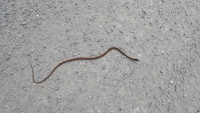 | Recorded by: Erich Hofmann and Kayla Weinfurther
Craven Co.
Comment: | 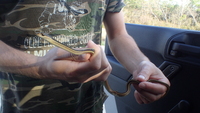 | Recorded by: Erich Hofmann and Kayla Weinfurther
Craven Co.
Comment: |
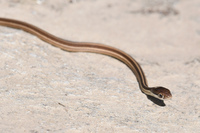 | Recorded by: Mark Shields
Watauga Co.
Comment: | 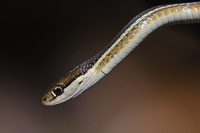 | Recorded by: Mark Shields
Dare Co.
Comment: |
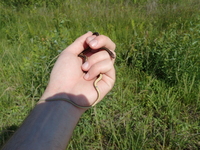 | Recorded by: Erich Hofmann
Craven Co.
Comment: |  | Recorded by: Erich Hofmann
Pamlico Co.
Comment: |
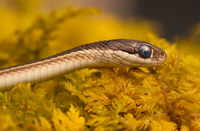 | Recorded by: Jim Petranka and Candice Little
Haywood Co.
Comment: |
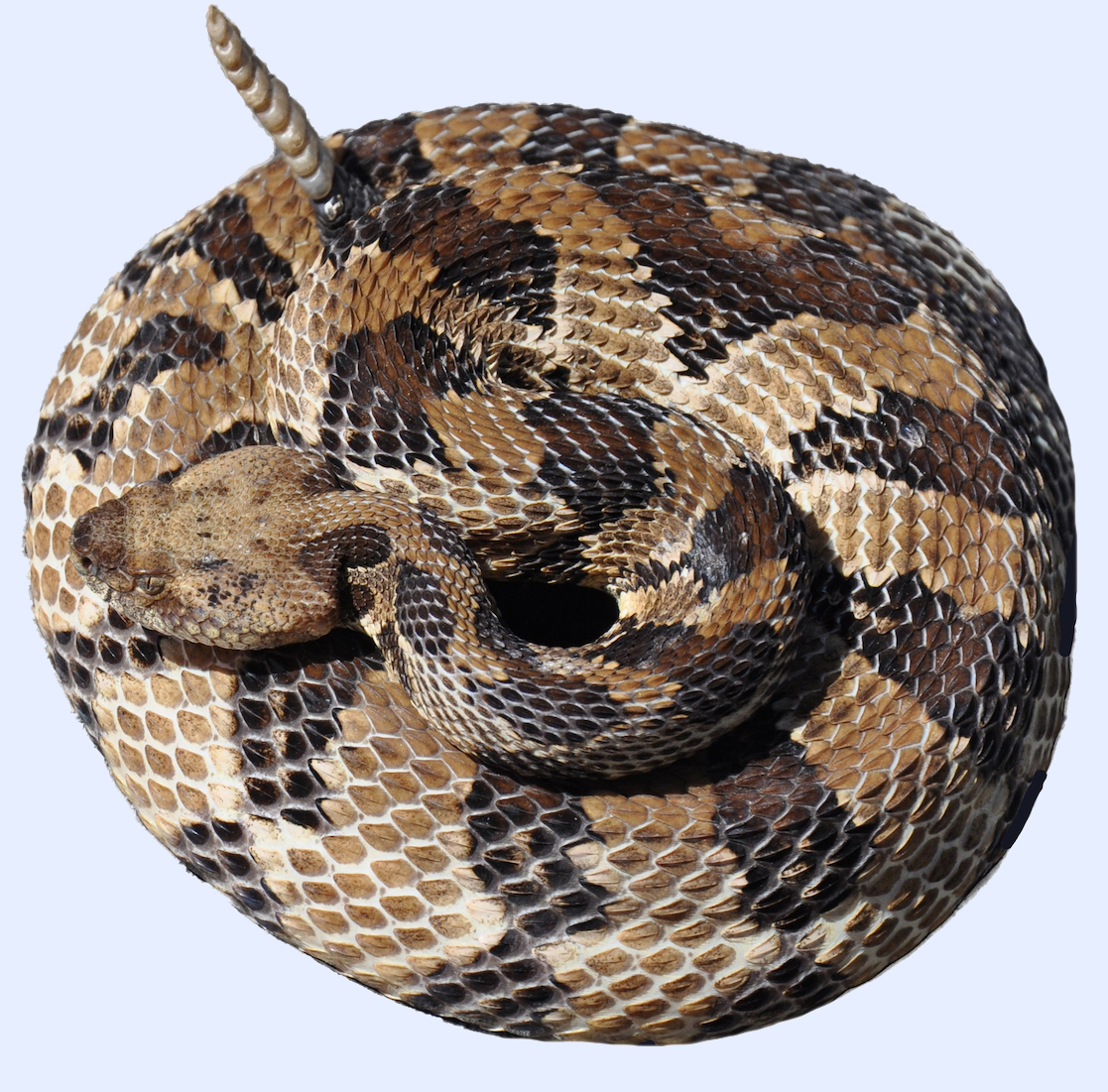
 »
» 




 »
» 


